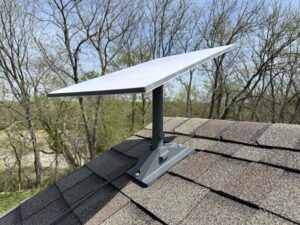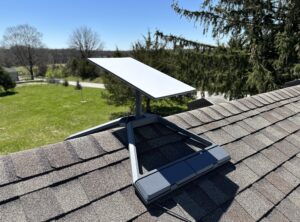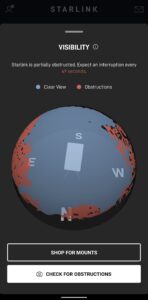Starlink Pivot Mount – Installation and Review
I recently bought the “Standard Pivot Mount” from Starlink to try out. In this post, I’m going to share my installation experience, and give you my thoughts and impressions along the way. The Pivot Mount is designed to attach directly to a shingled roof. It’s called the Pivot Mount because the mounting tube is adjustable to virtually any roof angle. I bought the Gen 3 version, but Starlink also makes a Pivot Mount for the older Gen 2 Standard Actuated dish. I purchased this mount for $74. It’s available directly from Starlink, here is the product page. That price includes …










